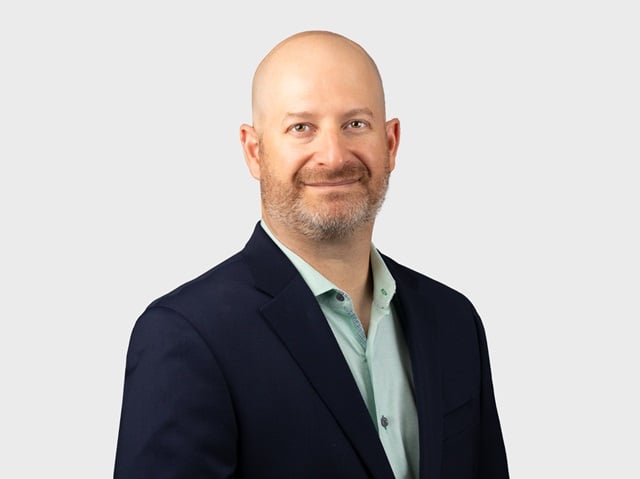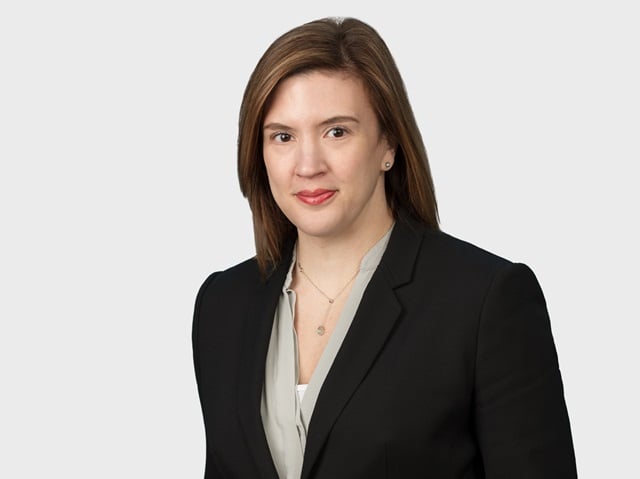We have all seen the daily stories about SPACs (special purpose acquisition companies) and their attack on the IPO and M&A markets over the last 15 months. For context, the number of SPAC initial public offerings (IPOs) has exploded:
| 2019: | 59 SPAC IPOs |
| 2020: | 248 SPAC IPOs |
| Q1 2021: | At least 239 SPAC IPOs |
| (Sources: SPACInsider, SPAC Analytics, Dealogic) |
As a result, it is estimated that there are more than 400 SPACs in the market looking for M&A targets. Some of these SPACs come with celebrity endorsements. There is even a rap video, thanks to Cassius Cuvée and Mags Lionne. Clearly, this movement cannot be ignored.
At the risk of providing an overly generalized summary of the typical structure (basically enough to get you through a webcast happy hour):
- A SPAC is a company that undergoes an IPO at a time when it has no operations.
- It is formed for the purpose of raising cash to be held in trust for the purchase of a private company, taking it public in the process.
- The disclosure obligations in connection with the IPO are less onerous for the SPAC to satisfy, as compared to a traditional IPO, due to the lack of operating history and the fact that the SPAC has not then identified an acquisition target — the same rules apply, but they don’t have nearly as much to disclose.
- The SPAC traditionally sells units, including a share of common stock and a warrant to purchase a fraction of a share of common stock. The common stock and warrant are typically separately tradeable 52 days after the IPO.
- The SPAC is led by founders or sponsors who also receive a “promote,” typically amounting to 20% of the shares purchased in the IPO conditioned upon completion of the business combination or “de-SPAC” transaction. However, that is far from being a rule. We have seen sponsors negotiate away some of their rights in connection with a de-SPAC transaction; and the largest SPAC IPO on record, by Pershing Square Tontine Holdings, featured a different structure, which was intended to be less dilutive to the rank-and-file stockholders.
- The SPAC has a set period of time, generally two years (subject to extension in some cases), to identify and complete a business combination.
- In general, a vote of the stockholders of the SPAC (and proxy statement disclosure) is required in connection with the business combination. The stockholders of the SPAC may also elect to redeem their equity in connection with a proposed transaction.
- Due to the possibility of redemptions and the size of many of the de-SPAC transactions, there is also often additional financing in connection with the business combination, like a PIPE, forward-purchase agreement or backstop.
- The owners of the target company generally receive a combination of cash and stock in the SPAC as the consideration in the de-SPAC transaction, thereby becoming part of the stockholder base and suffering the dilutive effects of the sponsor promote and buyer transaction fees.
- The owners of the target company sign lock-up agreements that restrict their ability to sell their SPAC shares for a period after closing of the de-SPAC transaction.
Not surprising given the boom, SPACs are receiving a lot of regulatory attention. The most recent examples — an April 12 joint statement by Acting Director John Coates and Acting Chief Accountant Paul Munter of the U.S. Securities and Exchange Commission’s Division of Corporation Finance; and a separate April 8 statement by Acting Director Coates, together with SEC disclosure guidance, remarks at SEC Investor Advisory Committee meetings and other informal statements — all confirm that the SEC is watching.
The joint April 12 statement highlights various financial reporting considerations for SPACs and warns that SPACs may be required to amend prior filings to correct errors in accounting for warrants, in particular.
The April 8 statement shot down the urban legend that SPACs somehow present less legal risk than a traditional IPO. (Some have theorized that the Private Securities Litigation Reform Act (PSLRA) safe harbor with respect to forward-looking statements applies in a de-SPAC transaction, but not a traditional IPO.) In addition to detailing several reasons why the arguments of PSLRA protection are shaky at best, the statement serves as a reminder of the litany of other legal obligations that apply at the IPO and de-SPAC stages. Regardless of whether the PSLRA provides SPACs protection for forward-looking statements, Acting Director Coates noted that such protection “only applies in private litigation, and does not prevent the Commission from taking appropriate action to enforce the federal securities laws.”
The recent statements also highlight how the conflicts of interest inherent in the typical SPAC structure should cause participants in the process to pay heightened attention to their obligations — both in terms of disclosure and in evaluating and approving a de-SPAC transaction. The wave of litigation that has already begun with respect to SPACs further reinforces the exposure and risk. Furthermore, D&O insurance premiums for SPACs are rising quickly, demonstrating insurers’ concern for increasing litigation risk. In addition to the warning discussed above, the SEC has asked Wall Street banks working with SPACs to voluntarily provide information on due diligence and possible insider trading.
So, what are some of the high-level questions that you should be asking as a participant in this process?
- Are the conflicts of interest (most notably, as a result of the sponsor promote) adequately disclosed?
- As the target company, does the purchase price and form of consideration account for the dilutive effects of the sponsor promote, buyer transaction fees and any other transaction financing?
- Is the target entity ready to be public? For example:
- What type of lift will be required to obtain audited financial statements? To implement appropriate internal controls? To identify and retain an appropriate slate of directors and officers?
- What are the increased costs of those actions; hiring sufficient finance, legal and compliance staff; and other public company operating costs (not the least of which will be the cost of the D&O liability insurance), and how does that affect price?
- How will those actions affect timing of the de-SPAC transaction? Given the boom that we’re experiencing, you may not be able to find advisors with the bandwidth to complete those steps under traditional timelines. Does the SPAC have enough runway, or will it need to seek an extension? (You can imagine the dynamics created by dealing with the sponsors and bankers of an acquiring entity who are nearing the end of the life of a SPAC — and therefore facing loss of their promote and any deferred banking fees, respectively — if a deal doesn’t get done.)
- What happens if the SPAC stockholders don’t approve the transaction? Because the SPAC funds are held in trust, traditional termination fees may not be available.
- Potentially worse yet: What happens if the SPAC stockholders approve the transaction, but then there is a wave of redemptions that drain the SPAC’s cash?
- How have SPACs performed post-combination and what will be the practical impact of the lock-up? We are at the front-end of seeing this play out, as some of the participants from the start of the current wave of de-SPAC transactions are just breaking free of their lock-up arrangements.
.svg?rev=a492cc1069df46bdab38f8cb66573f1c&hash=2617C9FE8A7B0BD1C43269B5D5ED9AE2)


